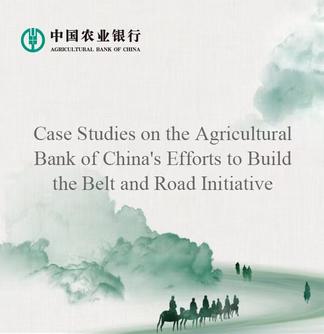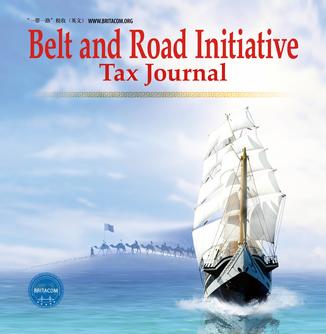KUALA LUMPUR, April 28 (Xinhua) -- Economists here remained optimistic about prospects of trade between the Association of Southeast Asian Nations (ASEAN) and China, citing supply chain integration, rising middle-class demand, and an increasing need for regional self-reliance amid global trade tensions.
Abdul Mui'zz Morhalim, chief economist at MIDF Amanah Investment Bank, told Xinhua in an email interview that ASEAN-China trade relationship remains positive over the next three to five years, pointing to continued supply chain integration and other factors as key drivers of this partnership.
"Over the past decade, economic ties between ASEAN and China have strengthened significantly, bolstered by shared participation in regional production networks and rapid economic growth on both sides," Morhalim said.
Data showed that ASEAN and China have been each other's largest trading partners for the fifth consecutive year in 2024.
This robust trade relationship is reinforced by frameworks such as the ASEAN-China Free Trade Area and the Regional Comprehensive Economic Partnership (RCEP), both of which have facilitated trade flows and deeper economic integration.
Saizi Xiao, an assistant economics professor at the University of Nottingham Malaysia, told Xinhua that ASEAN-China trade has evolved from a complementary model to a more collaborative one, focusing on co-building resilient and integrated supply chains.
She said that ASEAN has been China's largest partner for intermediate goods exports for several years, with more and more Chinese intermediate goods exports destined for ASEAN, which shows that the two sides have deeply embedded their industrial chains.
Apart from new policy benefits expected from upgraded ASEAN-China Free Trade Area 3.0, Xiao also noted that the RCEP may further boost regional trade.
"The RCEP will further reduce cross-border costs and accelerate the flow of intermediate goods in ASEAN-China's manufacturing sector," she added.
She also opined that the upgrading of industrial chain embedding in strategic fields will further enhance the region's ability to respond to global trade barriers and geopolitical risks.
Chung Tin Fah, an economics professor from HELP University, told Xinhua that trade outlook between ASEAN and China is poised to become even more mutually beneficial.
"This presents a unique opportunity for ASEAN and China, given their proximity," he added.
Looking ahead, Morhalim believed ASEAN-China partnership will extend into a broader range of strategic sectors.
He pointed out that China's expertise in infrastructure development, particularly in roads, ports, and railways, positions it as a crucial partner for ASEAN's connectivity needs.
China's Belt and Road Initiative has already contributed to significant infrastructure upgrades across the region, he said.
Clean energy and decarbonization technologies such as solar, hydrogen, and electric vehicle battery supply chains will also play a vital role in meeting shared climate goals, he said.
Additionally, he said the creative economy, like the film industry, presents new trade opportunities, alongside growing needs for cybersecurity solutions and data governance frameworks.
Xiao said key regional focuses for foreign direct investment included green energy industries, lightweight materials for electric vehicle body shells and charging stations, smart agriculture and cold chain logistics, as well as semiconductor materials and critical mineral processing.
Chung said that the services sector in telecommunication, transportation, education and hospitality will present new opportunities for the region besides traditional areas of manufacturing, e-commerce and digitalization.




 A single purchase
A single purchase









